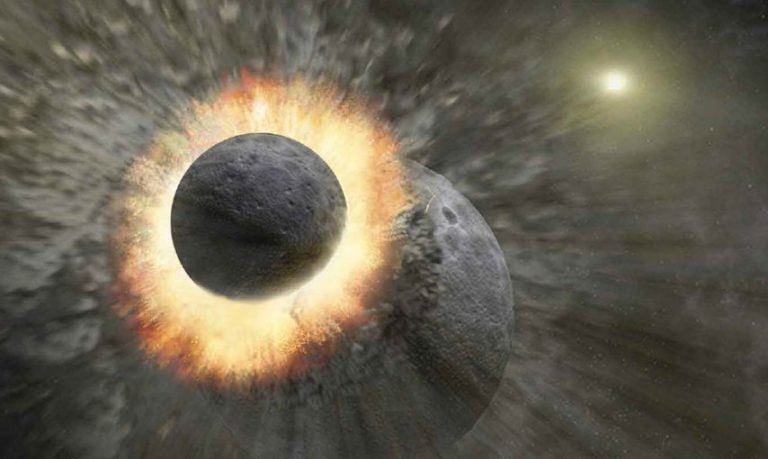Home / Nature & Environment / Earth Science / Extreme Geological Events / Making Earth suitable for life: differentiation

Reach your personal and professional goals
Unlock access to hundreds of expert online courses and degrees from top universities and educators to gain accredited qualifications and professional CV-building certificates.
Join over 18 million learners to launch, switch or build upon your career, all at your own pace, across a wide range of topic areas.

 Artist impression of the Moon-forming event by NASA/JPL-CALTECH/T. PYLE.
Artist impression of the Moon-forming event by NASA/JPL-CALTECH/T. PYLE.


